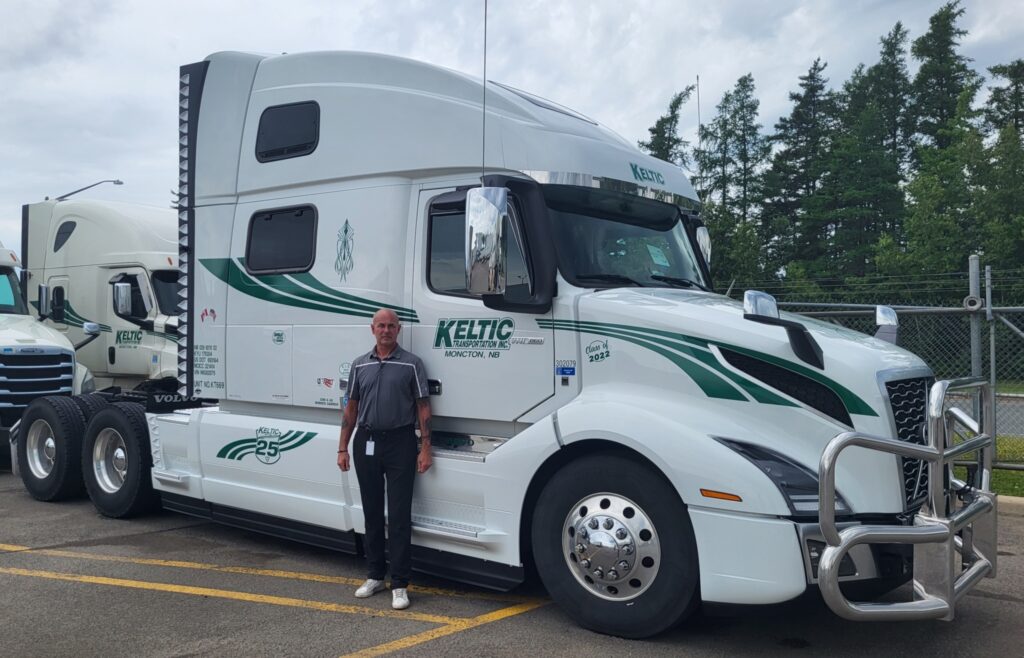4 ways to control truck fleet maintenance budgets
Budgeting for a fleet maintenance operation has never been more challenging, as supply and labor shortages combine with inflation to push up component and service prices.
While not much can be done to combat sticker prices, there are ways a fleet maintenance manager can control other costs.
We caught up with Lloyd De Merchant, director of fleet maintenance with Moncton-based Keltic Transportation and former Canadian Fleet Maintenance Manager of the Year, for some insights into how he is controlling costs.

Spec’ing has never been more important
“The proper spec’ing of equipment is now more important than ever,” said De Merchant. He has beta-tested a range of electric auxiliary power units (APUs) to slash idling costs. Those have drawn down idle time from about 17.5% to 13%, and his goal is to get it down to 10%.
When it comes to brakes, De Merchant also reverted from discs back to drums. He found they offered the best overall cost of operation, especially on van trailers, which can sit in customer yards for weeks or months and seize up.
“Ten thousand dollars lets me do four or five brake jobs on an all-wheel drum trailer,” he said. And the heat that disc brakes generate is directed toward the tone ring and ABS sensor, leading to failures. “On drum brakes, the heat is pulled to the outer part of the wheel, away from the ABS sensor.”
Sticking with brakes, he said many fleets have abandoned dust covers because they can trap debris, leading to costly failures.
Reduce roadside service calls
Nothing will kill a maintenance budget faster than roadside service calls. To ensure this doesn’t happen, De Merchant maintains his preventive maintenance schedules even though he feels many fleets are extending their schedules to match longer OEM oil drain intervals.
“Freightliner has recommended oil change intervals of 80,000 km, which is fantastic. You’re saving on oil. But people think if the oil’s good, the truck must be,” he says. “You still have to touch that truck.”
De Merchant also tracks failures of parts such as suspension air bags and tire inflation systems, and will replace them during scheduled maintenance before a roadside failure occurs.
Recap…
De Merchant is a big fan of retreading tires and using remanufactured components to stay on budget.
“I understand you need virgin tires to build a casing bank. But there are recaps out there that will outrun virgin tires and the cost is almost half,” he said.
…and Reman
He’s also a big fan of remanufactured parts that can be as reliable as new products, at a fraction of the cost. De Merchant has even begun his own remanufacturing of sorts, rebuilding older trailers as the cost of new units soar.
He has been able to sell 11-year-old trailers for $35,000 in recent months – more than he originally paid for them. But the cost of a new dry van trailer has soared to about $70,000. To stay on budget De Merchant will sandblast and paint the bogey and anything below a flatdeck’s rub rail that has corroded. Even van trailer panels can be replaced and generally he can get another eight years out of 10-year-old trailer he has refurbished.
Have your say
This is a moderated forum. Comments will no longer be published unless they are accompanied by a first and last name and a verifiable email address. (Today's Trucking will not publish or share the email address.) Profane language and content deemed to be libelous, racist, or threatening in nature will not be published under any circumstances.